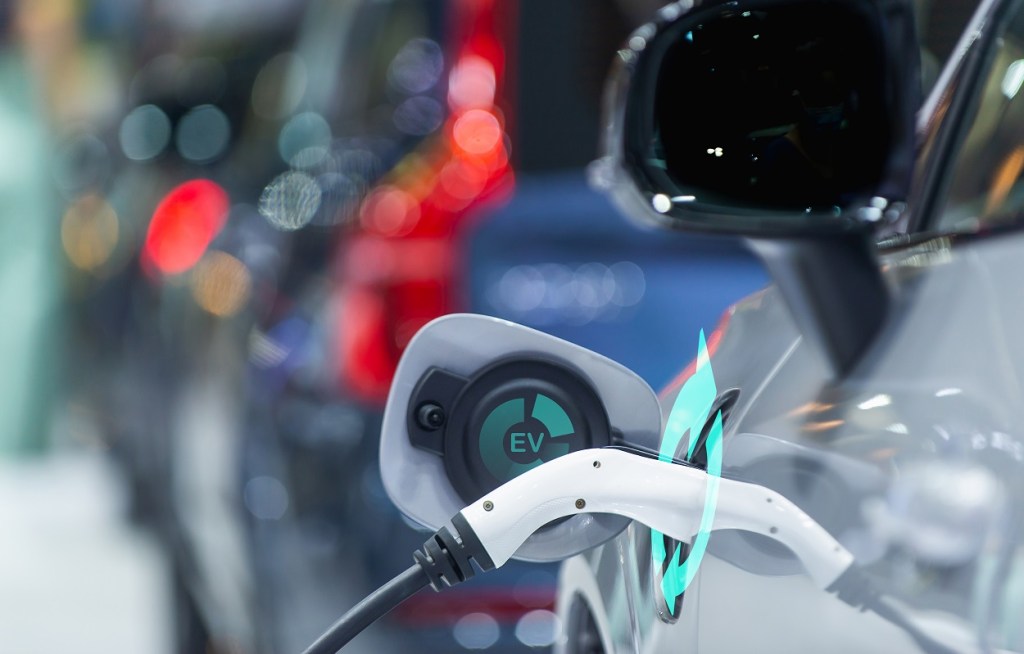Electric Vehicle (EV) sales increased by 65 per cent in 2021, representing 3.39 per cent of car sales according to a new report from the Electric Vehicle Council released last week.
The strong growth figures show Australians are keen to invest, but with weak government policy in place, the local market suffers as manufacturers prioritise more robust markets.
Dr Jake Whitehead, Head of Policy at the Electric Vehicle Council, says it’s great to see the growth in EV sales, but Australia needs a national approach to EV policy if it wants to keep up with global markets.
“It’s great to see so much momentum behind EV sales in Australia, but to put our 3.4 per cent in context – Germany sits at 26 per cent, the UK at 19 per cent, and California at 13 per cent. The global average is 8.6 per cent, so Australia has a long, long way to come.
“Because our governments have lagged the world on EV policy, Australia is still something of an afterthought for global EV manufacturers,” says Dr Whitehead.
“Australian consumers have a smaller range of EVs to choose from and they are also being forced to wait for many months or even years to take delivery of new vehicles.”
Dr Whitehead believed the new federal government understands the importance of EV policy and is working on a viable national strategy.
He says: “Although that strategy will need include a range of measures, high on the list must be fuel efficiency standards.
“If Australia does not introduce fuel efficiency standards on par with the EU and the US we will continue to lag the world by a huge margin. Given transport makes up 19 per cent of Australia’s emissions we also can’t say we’re serious about achieving our 2030 emission reduction target without fuel efficiency standards.”
As it stands, the Australian Capital Territory leads national sales, with 9.5 per cent of new car sales being EVs. Other regions lagged with 3.7 per cent in New South Wales, 3.4 per cent in Victoria, 3.3 per cent in Queensland and Tasmania, 2.8 per cent in Western Australia and South Australia and 0.8 per cent in the Northern Territory.
The report also revealed a 22 per cent increase in fast and ultra-fast charging locations, with 350 sites now publicly available.
To stay up to date on the latest industry headlines, sign up to the C&I e-newsletter.

